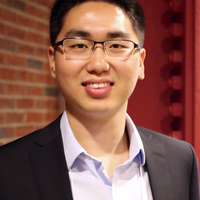Artificial intelligence & robotics
Irene Solaiman
A new approach to the release of GPT-2, a predecessor to ChatGPT.

Global
Lerrel Pinto
Created the world’s largest robotics data set at the time by getting robots to create and label their own training data.

Asia Pacific
Xiang Ren
Redefining human-AI collaboration by building generalizable NLP systems that have common sense.

Global
Forrest Meyen
Helping make space exploration more affordable and give the space mining industry a boost.

China
Xiang Wang
Multimodal AI-for-Science large models, enabling the large models to reliably understand and generate chemical molecules.
